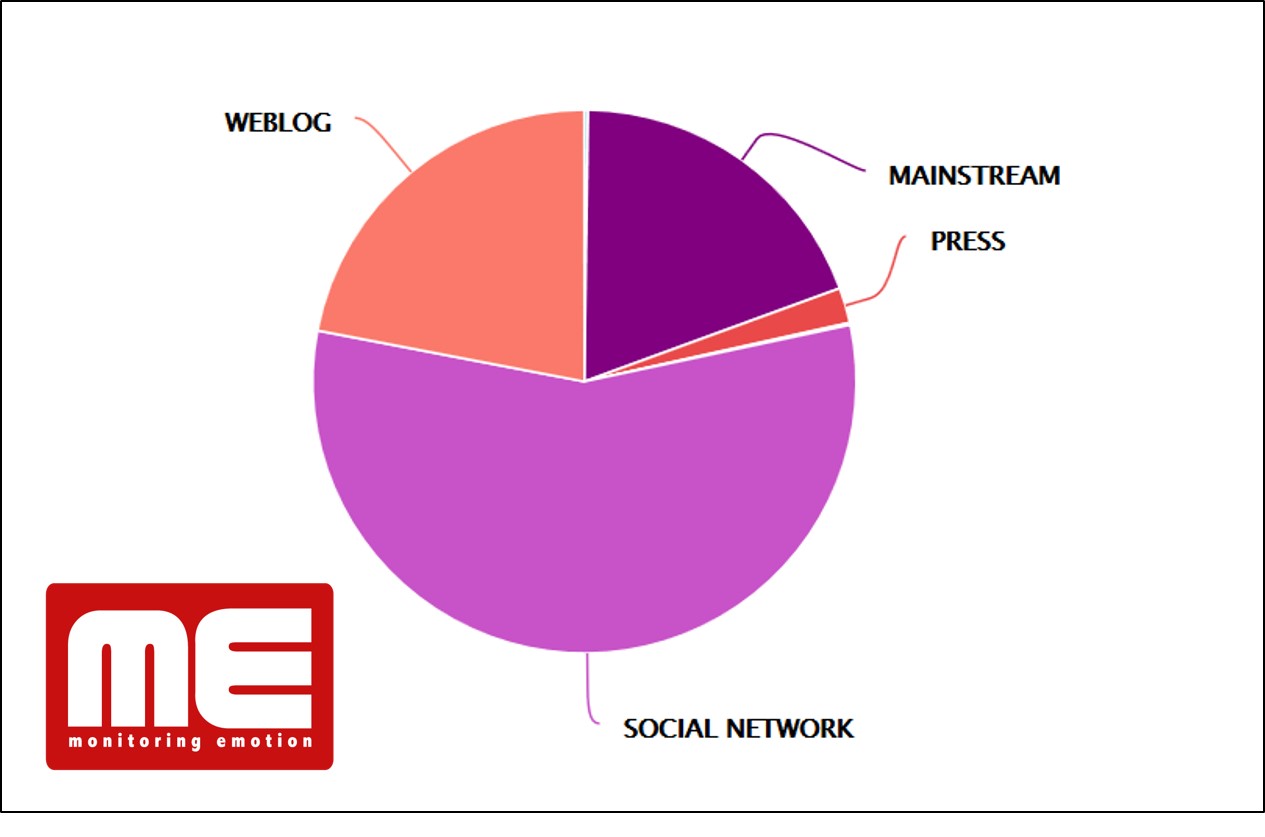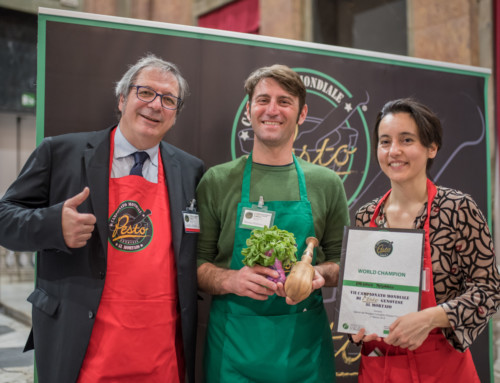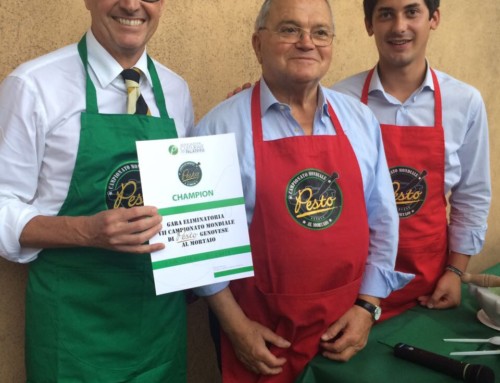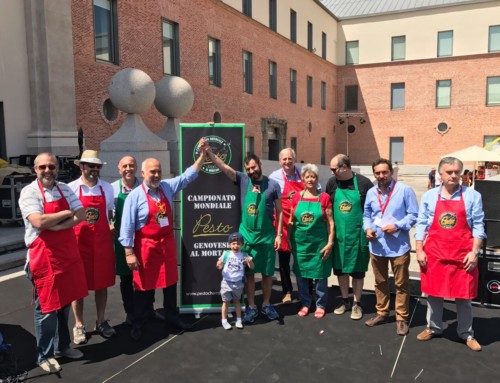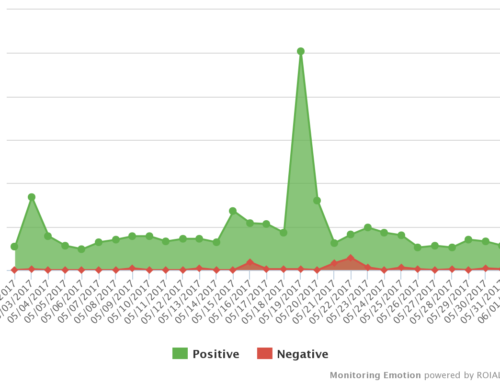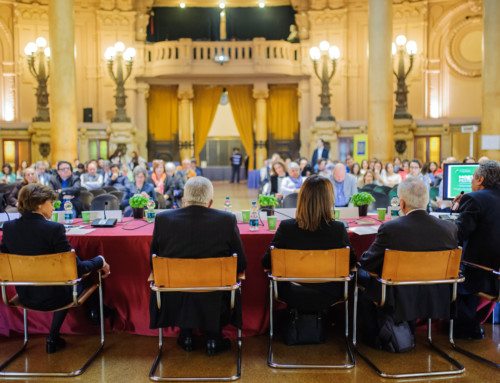In 2016, 200.000 messages on the web have talked about Pesto and it is reborn the pleasure of using mortar and pestle. At the end of the year, a great debate due to an episode of Italian MasterChef having as challenge the preparation of Genovese Pesto.
In 2016, the International Observatory of Pesto monitored 200,000 web messages about the theme of Pesto. The contents referred to Genoa and Liguria were on average about 20%, except in the week of the World Championship, where the association between Basil Pesto and Genoa touched the outstanding value of 70% of the whole messages.
Analyzing more deeply the use of mortars and pestles, in 2016 we detected an average of 70 new posts every week with a peak of more than 500 at the World Championship. These are significant figures because mortars and pestles are regaining role in social behavior after being virtually disappeared from schools, manuals, recipes and social habits. These data are a concrete verification of the action of safeguarding intangible cultural heritage done by Pesto Championship (application for access to the UNESCO recognition) and it would not be measured without the technologies used by the Observatory.
A last question concerns the year-end episode of Masterchef Italy of 29 December. The final exam to select the 20 finalists was to prepare Pesto with a mortar in 10 minutes. One person from Genoa attended the competition and did not win. But, on the web, many Ligurian and Pesto connoisseurs remarked that the basil used “had very large leaves and definitely it was not the right one, which is recognizable by small leaves” and that makes the difference between Ligurian Pesto and all the others, even if well made.
In 2017, the International Observatory of Pesto Genovese, sponsored by Monitoring Emotion – Genoese network specialized in semantic analysis and web monitoring – will continue to produce a monthly report, for the benefit of Cultural Association Palatifini, analysts, students, journalists, entrepreneurs, institutions and associations that deal with food and wine and local marketing.
The graph shows the distribution of the 200,000 messages sources monitored in 2016.

